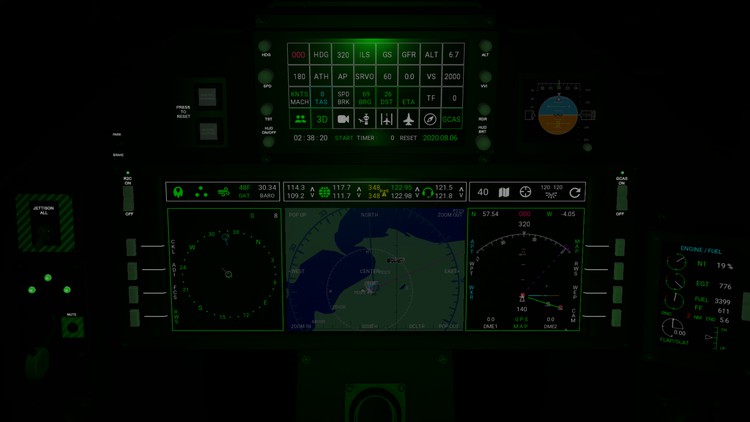
Do not let anything hold you back.
What you will learn
Learning to fly at night
Description
Night flying isn’t for everyone. Much of the joy and wonder of flying disappears when the sun goes down. Even those who claim to enjoy aviating after dark acknowledge that there’s usually not much to see, and the safety margin is significantly reduced.
It’s more than coincidental that many pilots begin their professional careers flying in the dark. If you fly for a package service or on some commuter operations, night flight may be required to graduate from apprentice (copilot) to journeyman (captain). It’s the least choice of assignments.
For general aviation pilots, the news isn’t all bad. If you use your airplane for business, flying at night can double its utility. The weather is often better without the lifting forces of the sun complicating things. Accordingly, the air may be smoother, the temperature may be more agreeable, and winds sometimes die off when the sun hides behind the Earth. Traffic is usually lighter, radio chatter is reduced, there’s no glare to contend with, and the instrument scan may be simpler. Visibility often improves because the haze of day settles out, and the lights of cities and airports sometimes stand out, so you can spot them easier. Whatever your motivation, here are a few ideas that might make your night flying more enjoyable.
Content
Introduction